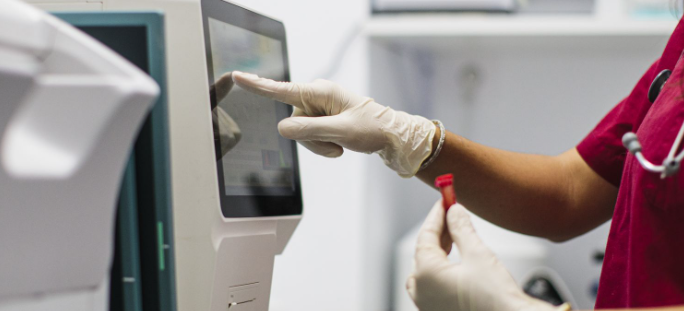Predicting long-term outcomes in liver transplantation remain a challenging endeavor. This research aims to harness the power of deep learning to develop an advanced prognostic model for assessing long-term outcomes, with a specific focus on distinguishing between deceased and living donor transplantation.
A comprehensive dataset from UNOS encompassing clinical, demographic, and transplant-related variables of liver transplant recipients from deceased and living donors was utilized. The main dataset has been transformed into Deceased Donor-Recipient and Living Donor-Recipient dataset. After manual extraction, the dimensionality reduction was performed with Principal component analysis in both datasets and top ranked 23 attributes were collected. A Deeplearning4j Multilayer Perceptron classifier has been employed and long-term survival analysis has been conducted with the help of liver follow-up data. The performance evaluation is done separately in datasets and evaluated the survival probabilities of 23 years.
UNOS database comprises 410 attributes and 353,589 records from 1998 to 2023. The outcome from the deep learning model was compared with actual graft survival to ensure the accuracy. The model trained 23 attributes and obtained Sensitivity, Specificity and accuracy values were 99.9, 99.9 and 99.91% using R-Living donor dataset. The Sensitivity, Specificity and Accuracy value obtained using R-Deceased donor dataset were 99.7, 99.7 and 99.86%. The short term and long-term survival prediction after liver transplantation has been done successfully with Dl4jMLP classifier with appropriate selection of attributes irrespective of donor type. This study’s finding suggesting that the distinction between deceased and living donor transplantation does not significantly affect survival prediction after liver transplantation is noteworthy.
The utility of the Deeplearning4j model in survival prediction after liver transplantation has been validated in this study. Based on the findings, deceased donor transplantation could be promoted over living donor transplantation.
© 2025. The Author(s).














Create Post
Twitter/X Preview
Logout